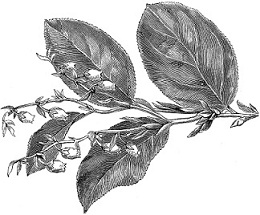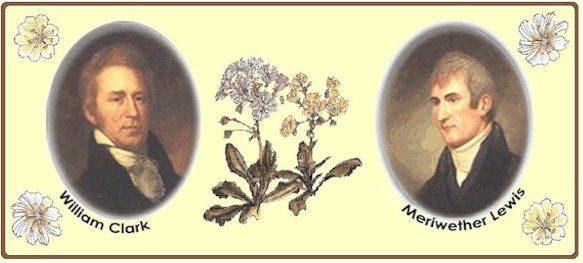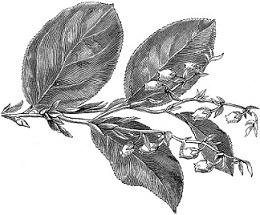|
|
|
Hansen's Northwest Native Plant Database |
|
|
|
Celebrating The Corps of Discovery Expedition Bicentennial Originally Published January 2, 2003 |
|||||||||||||||||||||||||||||||||||||||||||||||||||||||||||||||||||||||||||||
 |
 |
 |
|||||||||||||||||||||||||||||||||||||||||||||||||||||||||||||||||||||||||||
|
On July 1, 2002, President George Bush signed a Presidential Proclamation designating 2003 through 2006 as the Lewis and Clark Bicentennial. In this proclamation, President Bush states: I ask all Americans to observe this event with appropriate activities that honor the achievements of the Lewis and Clark Expedition. . . . to promote educational, cultural, and interpretive opportunities for citizens and visitors to learn more about the natural, historical, and cultural resources that are significant components of the Lewis and Clark story. Originally published in 2003, these pages are dedicated to just that celebration. Though Captains Lewis and Clark and the Corps of Discovery learned much about the territory that would become the United States, as northwest native plant lovers we are particularly thankful for the adventurous spirit that ultimately added 176 new plants to the botanical archives. Each week we focus on a different aspect or event of the famous journey of this band of men, and we spotlight one of the plants they documented. We do, however, want to make clear that, though Captain Lewis documented these plants with description, drawings and specimens, at the time he found them they had already been well known for hundreds of years by the peoples who originally inhabited our country. We honor not only Captain Lewis's official documentation, but the historical and current uses of these plants by the people who saw them first. |
|||||||||||||||||||||||||||||||||||||||||||||||||||||||||||||||||||||||||||||
|
|
|||||||||||||||||||||||||||||||||||||||||||||||||||||||||||||||||||||||||||||
|
The Journey Begins! Two hundred years ago, Lewis and Clark and the Corps of Discovery set out on an amazing adventure, sent by President Thomas Jefferson. Their mission: ". . .[seek out] objects worthy of notice: . . .the soil and the face of the country, its growth and vegetable productions, the dates at which particular plants put forth or lose their flowers or leaf." This mission was, to today's gardeners, fabulously successful. Meriwether Lewis documented hundreds of plants, theretofore unknown to the white man. Sadly, uncountable numbers of his specimens and notes were lost in a flood, but many remain to this day and are available to public view at the Lewis and Clark Herbarium in Philadelphia. Even with this tragic loss, Lewis is credited with discovering 176 new plants. Though he was not a classical scholar, President Jefferson explained to Dr. Benjamin Rush why he chose Captain Lewis: "Capt. Lewis is brave, prudent, habituated to the woods, and familiar with Indian manners and character. He is not regularly educated, but he possesses a great mass of accurate observation on all the subjects of nature which present themselves here, . . ." (Letter dated February 28, 1803) Along with cartographer William Clark and the Corps of Discovery, some guiding words from Dr. Rush and the good wishes of friends and families, the journey began. |
|||||||||||||||||||||||||||||||||||||||||||||||||||||||||||||||||||||||||||||
|
|
|||||||||||||||||||||||||||||||||||||||||||||||||||||||||||||||||||||||||||||
|
|||||||||||||||||||||||||||||||||||||||||||||||||||||||||||||||||||||||||||||
|
The rest of our journey with the Corps of
Discovery Expedition and Captains Lewis and Clark, is a series of
pages published throughout 2003. They are listed below by date first
published on our website. Wally Hansen requested that I write the
series, not as a commercial project (though his native plant nursery
did offer most of them for sale) but rather to illustrate how many
of the plants indigenous to the Pacific northwest were first
recognized as subjects suitable for our gardens both public and
private. Click on links below to follow the Expedition's trail or for details of each plant's documentation. |
|||||||||||||||||||||||||||||||||||||||||||||||||||||||||||||||||||||||||||||
|
|||||||||||||||||||||||||||||||||||||||||||||||||||||||||||||||||||||||||||||
|